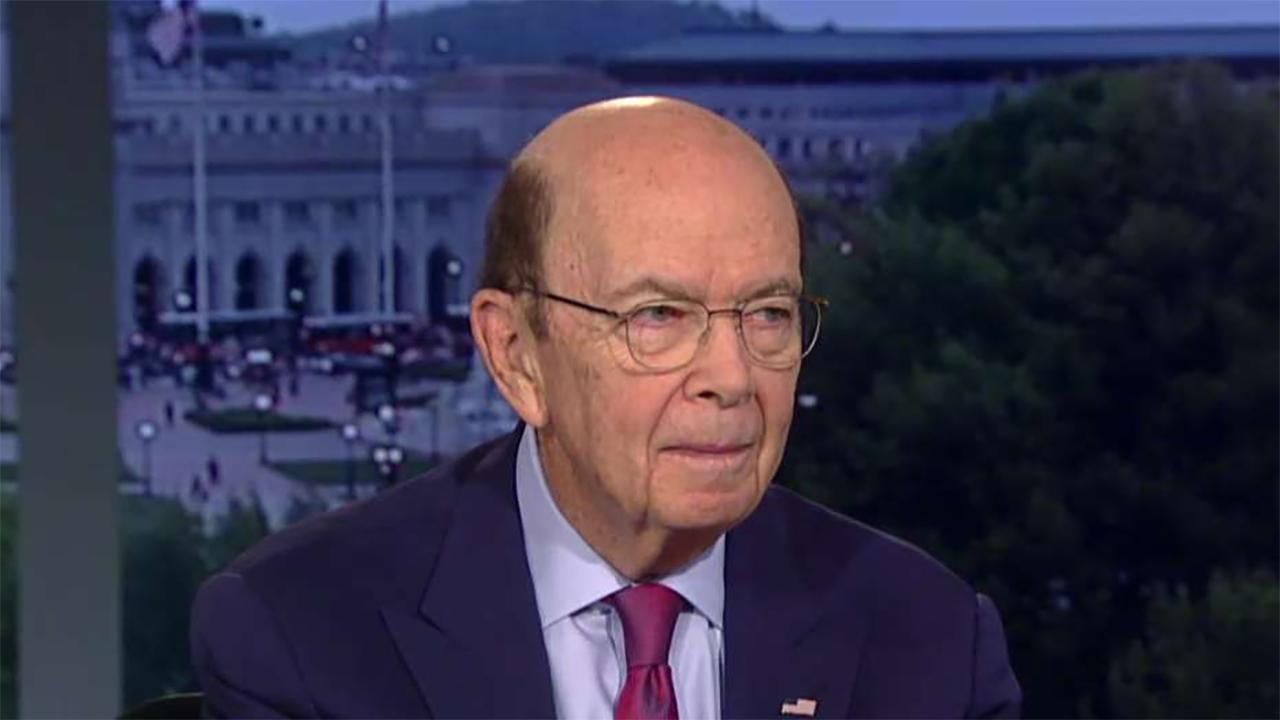Details sparse on new Trump order on telecom firms but ramifications huge
President Trump’s executive order to effectively ban telecommunications firms that pose a national security risk from the U.S. provides the federal government immense power to advance new prohibitions that could have significant ramifications for rural wireless providers, foreign carriers and large U.S. companies alike.
The order is intended to be company- and country-agnostic, but experts say it is directly targeted at Chinese firms given the federal government has warned for years of the risks posed by Shenzhen-based Huawei Tech., one of the world’s largest manufacturer of smartphones and network equipment.
The Trump administration has indicated it could take a broad view of what constitutes a national security threat. Christopher Krebs, director of the Department of Homeland Security’s cybersecurity division, previously labeled the private sector in China “an extension of the government.”
“This is a single party government. Everything that flows from the central party is a manifestation. The law is important…but they are going to get what they want law or not,” he told a Senate panel earlier this week.
That reasoning amplifies the ability of the White House to take far-reaching steps with the new ban, experts say.
“You have the justification to bar every-and-any Chinese technology company,” Roger Entner, lead analyst at Recon Analytics, told FOX Business.
Unlike regular trade actions, foreign firms would have little recourse with which to challenge any ban given it is being conducted under the grounds of a national security threat.
Details on the implementation of the order, however, are vague and were left up to the Commerce Department to promulgate, spurring confusion over how far-reaching it will be.
“It’s not clear to me whether it covers American companies or whether it covers American companies and their business in the United States,” said Blair Levin, former chief of staff to past Federal Communications Commission Chairman Reed Hundt and current policy advisor at New Street Research.
One early action taken by the administration was to require Huawei to seek federal approval to buy products from the U.S. The Chinese telecom firm, however, only has a small set of operations in the country, namely for rural carriers who rely on the low-cost equipment.
The large U.S. wireless providers – Verizon, AT&T, T-Mobile and Sprint – have all vowed not to use Huawei equipment in pending fifth-generation wireless networks. AT&T, however, continues to use the company’s products in Mexico.
A spokesperson declined to comment.
| Ticker | Security | Last | Change | Change % |
|---|---|---|---|---|
| TMUS | T-MOBILE US INC. | 246.67 | -1.44 | -0.58% |
| S | SENTINELONE INC | 16.50 | -0.40 | -2.37% |
| VZ | VERIZON COMMUNICATIONS INC. | 42.58 | -0.45 | -1.05% |
| T | AT&T INC. | 26.83 | +0.19 | +0.71% |
Unclear, however, is how aggressive the Trump administration will be in expanding the universe of firms deemed a national security risk. T-Mobile, for example, has partnered with Chinese firm OnePlus to be the exclusive seller of its newest phone. The new executive order could theoretically impair that arrangement.
The White House has shown a willingness to take aggressive action in the telecom industry. Earlier this month, the FCC blocked China Mobile from accessing the U.S. market.
Asian carriers like ZTE Inc. also purchase chips from San Diego-based Qualcomm, sales the Trump administration could ban under the new executive order, experts say.
And Motorola, a major U.S. company, is owned by Chinese firm Lenovo, which means the White House in the future could deem it a national security threat, legal experts say.
Spokespersons for T-Mobile and Motorola and did not respond to requests for comment. The Commerce Department also did not respond to FOX Business' emailed inquiries. A Qualcomm spokesperson declined to comment.
CLICK HERE TO GET THE FOX BUSINESS APP
In the U.S., rural carriers are poised to feel the most significant impact. The administration has tools at its disposal to help small providers transition from Huawei equipment, including a $20.4 billion rural broadband fund created in April.
But experts say more will be needed. And as the Trump administration tries to juggle several goals simultaneously, including reaching a trade deal with China and ensuring the U.S. is a global leader in 5G, the executive order has only served to create more confusion over how it intends to achieve those objectives.
“The relationship between the security policy, the digital divide policy, the 5G leadership policy, the dots have not yet been connected,” Levin, who also led the creation of the United States National Broadband Plan, said.

